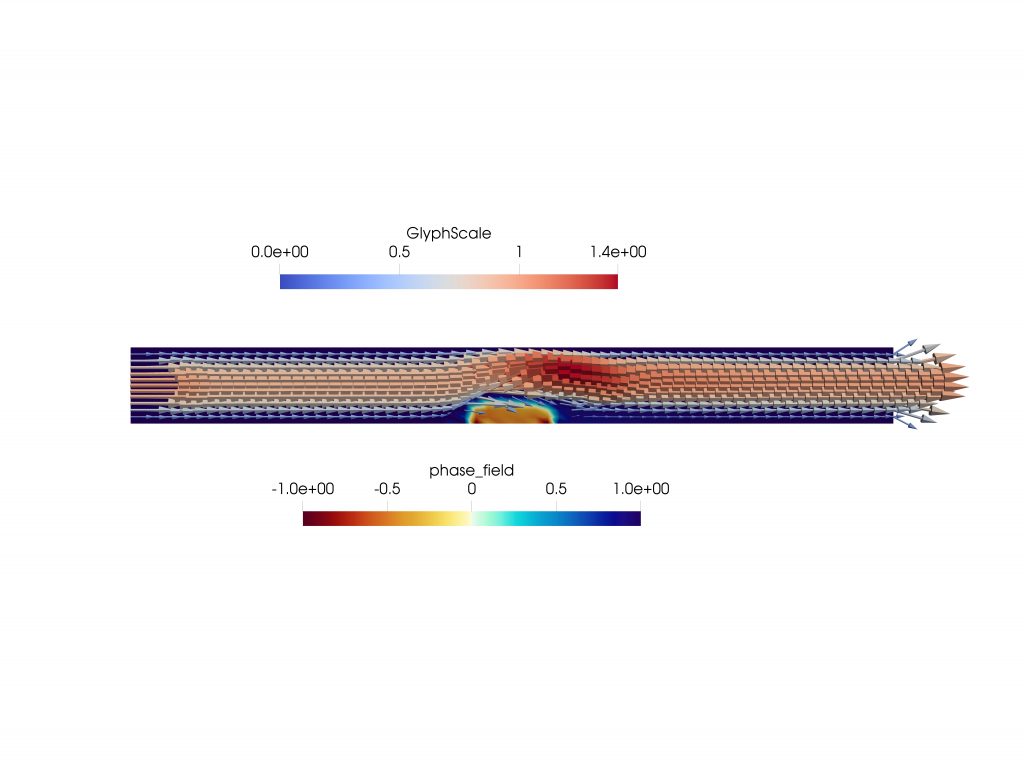Blood is a vital bodily fluid. So called ‘red blood cells’ transport oxygen around the body, without which important energy releasing chemical reactions would not be able to occur, and our bodies would fail. Blood travels throughout our body via an expansive system of veins, arteries, and capillaries. These are essentially tubes, like hosepipes, and similarly if they are damaged, blood can leak out, causing problems.
To prevent injury from haemorrhage (blood leaking out of damaged parts of the circulatory system) occurring, blood is able to solidify (clot, or coagulate) in certain conditions, allowing damaged blood vessels to be sealed up again. This natural process can however go wrong, and blood can clot within the circulatory system and form a thrombus, which can in turn restrict blood flow or block blood vessels altogether, causing serious illnesses such as heart attacks or strokes. In the case of aneurysms (enlargements of arteries at weak points in the wall which can rupture in a fatal way) clotting can either lead to the rupture of the aneurysm or it can stabilize the aneurysm.
The clotting of blood is a complex process, involving chains of chemical reactions involving blood platelets and other chemical species. The platelets undergo changes and start to clump together to plug the damage of a vessel. Artificial implants (such as cardiovascular implants like artificial pacemakers, artificial heart valves, and stents, and orthopedic implants including hip prosthesis, and implants for internal fixation of bone during repair of a bone such as plates, screws, wires, nails etc.) can also be problematic when in contact with blood, which can accidentally coagulate on their surfaces. The mission of Marek Čapek (of Charles University in the Czech Republic) and his colleagues is to use mathematical modelling to find out more about the complex process of blood clotting and the problems it can cause.
The complicated interplay between the chemical reactions and blood flow make calculating mathematical models of the blood clotting process very computationally demanding. With intelligent use of parallel programming and the supercomputing resources and expertise available at IT4Innovations National Supercomputing Center, this difficult modelling is being made possible.
 Visualisation or numerical models of blood flow around a clot computed on a supercomputer.
Visualisation or numerical models of blood flow around a clot computed on a supercomputer.
In future, it may help neurosurgeons to decide whether to operate on aneurysms, or if it is safe to leave them alone. The ideal solution, though not very economical, would be to supply a patient-specific mathematical and computational model of the aneurysm for each patient.
The models of blood coagulation may also aid in the design of implants that will be less likely to cause coagulation on their surfaces by optimizing their shape, and their composition. The models can also be used for the development of new anticoagulants, which can help patients to avoid cardiovascular diseases such as stroke and heart attack. Hence this work can improve the general quality of life.


